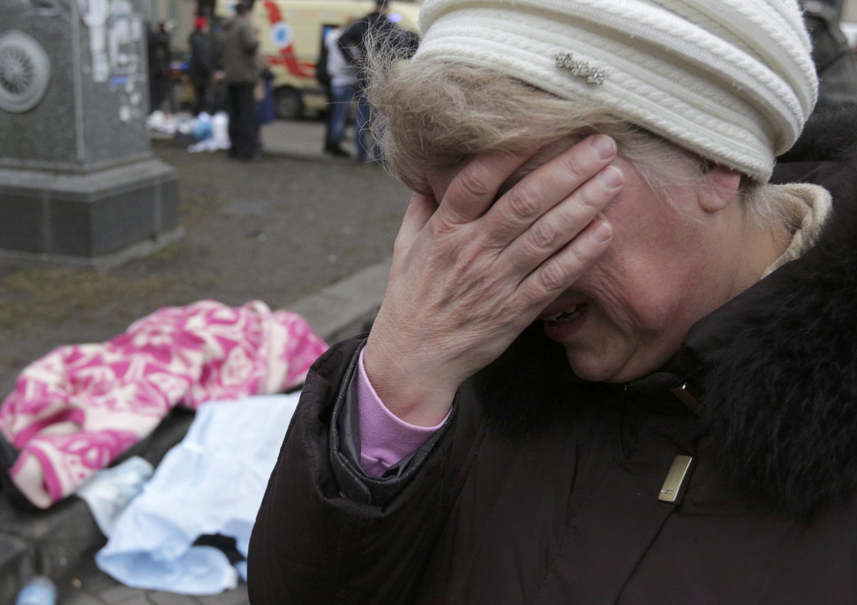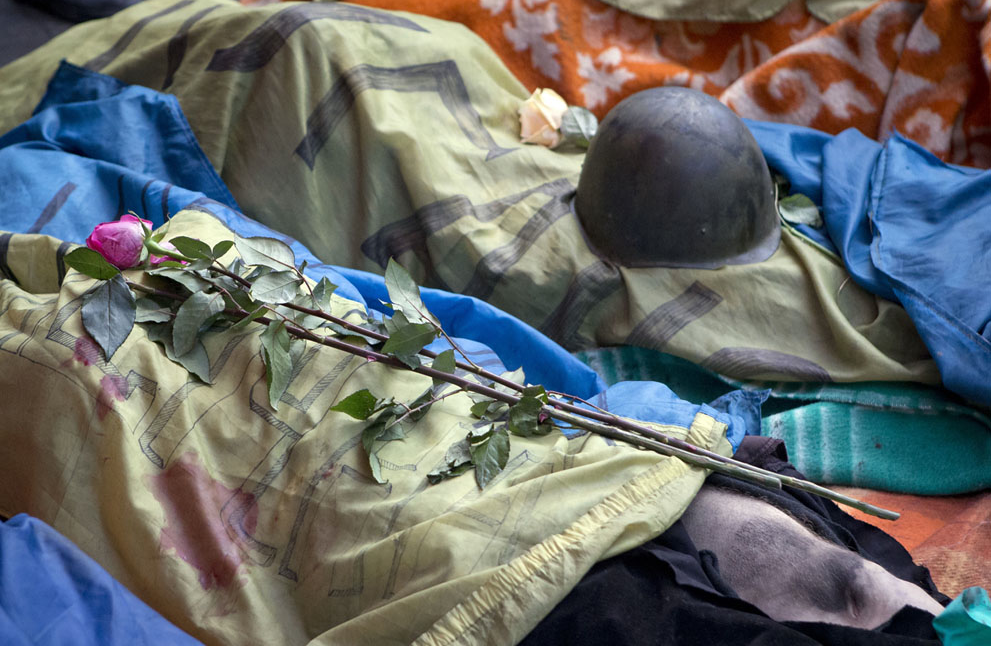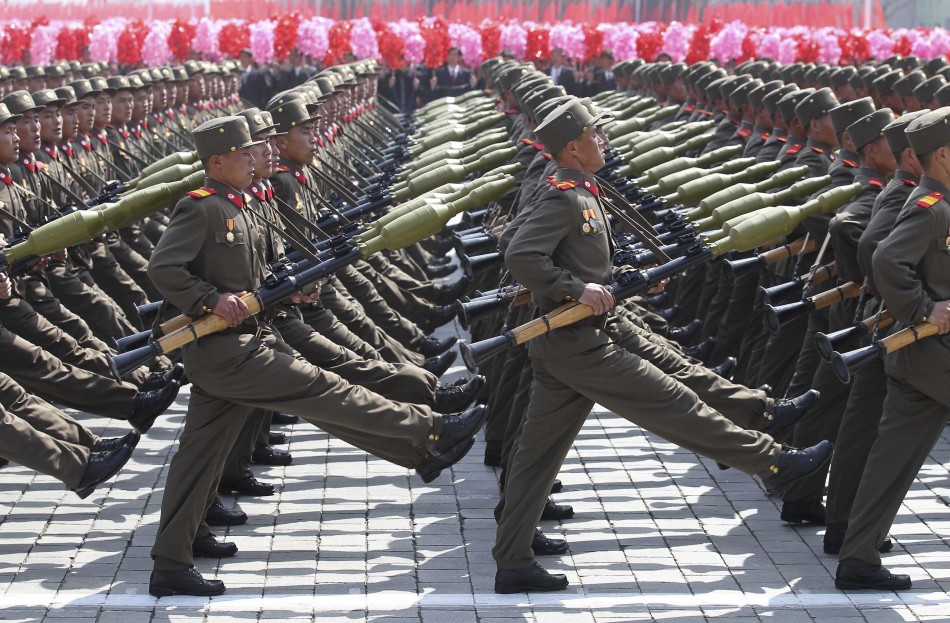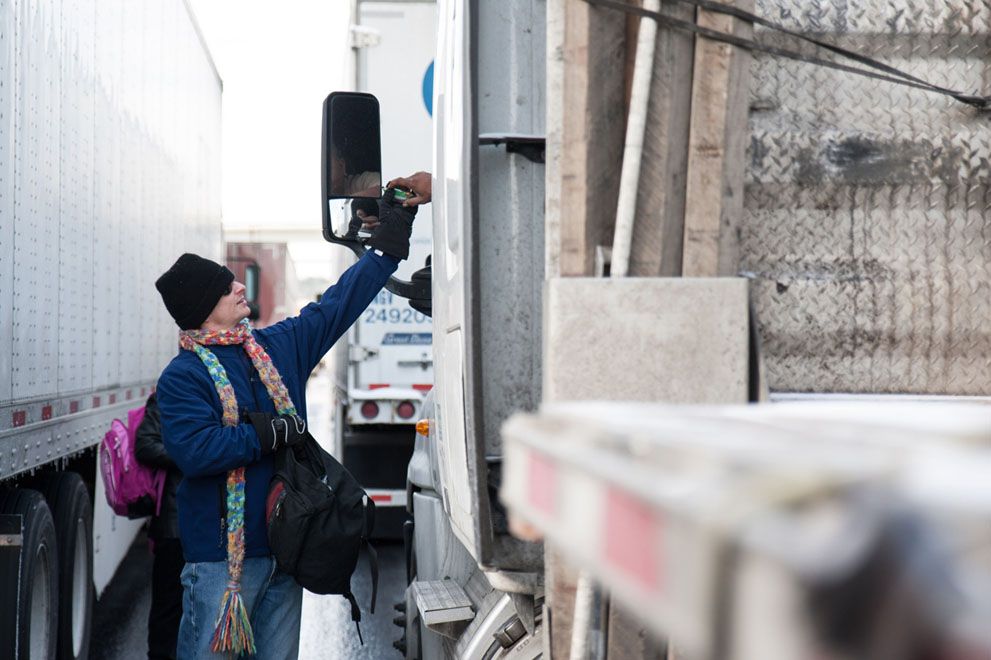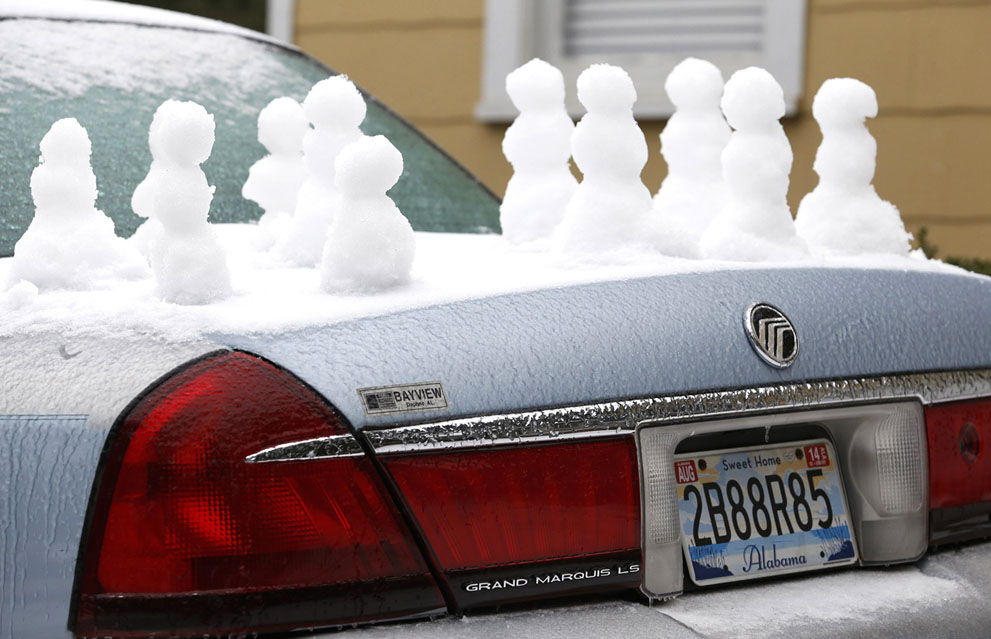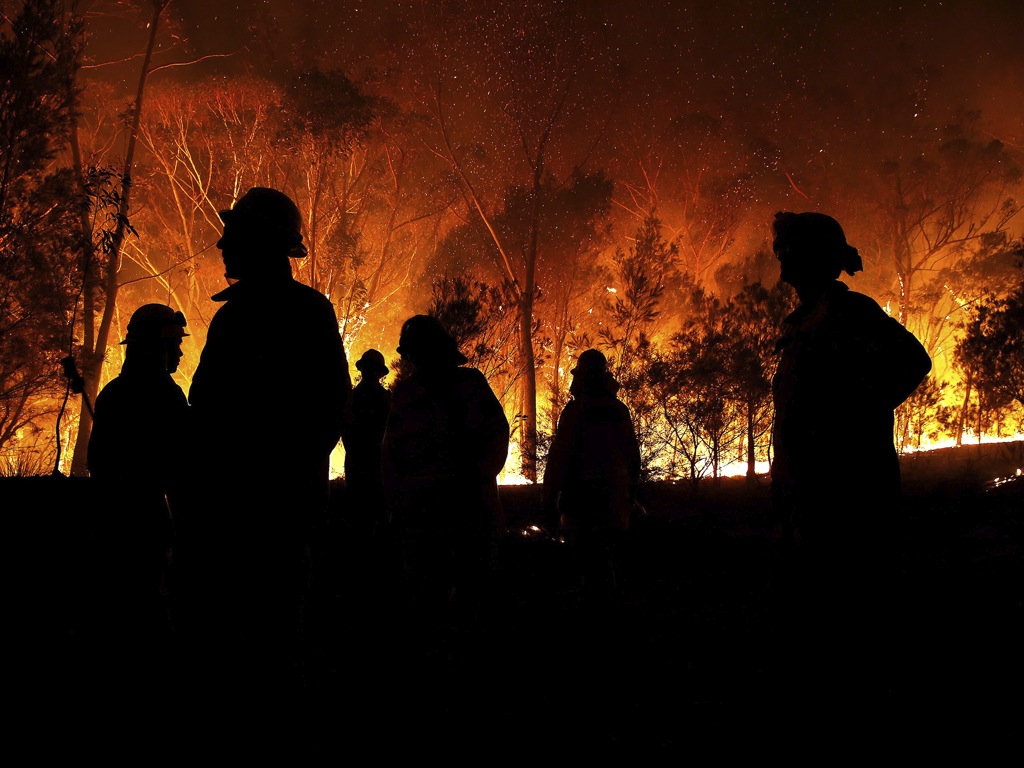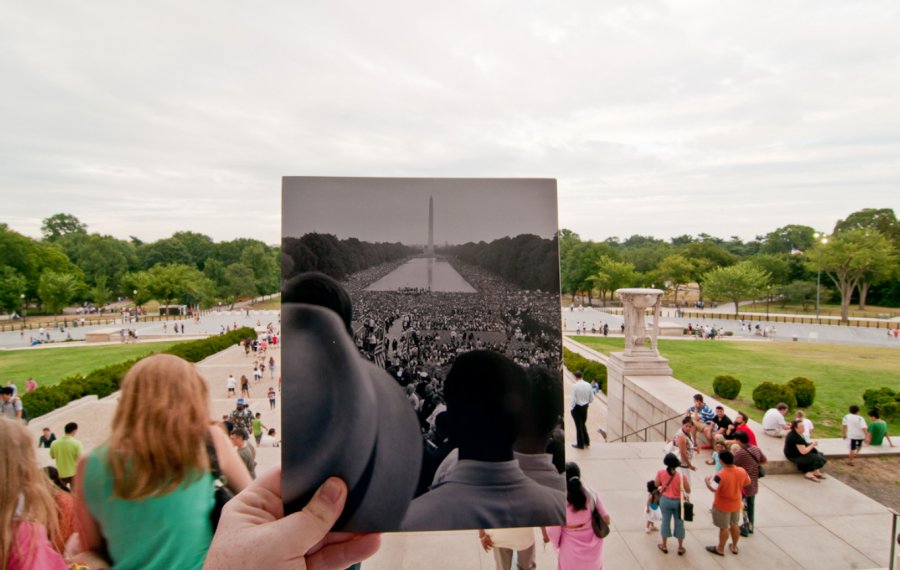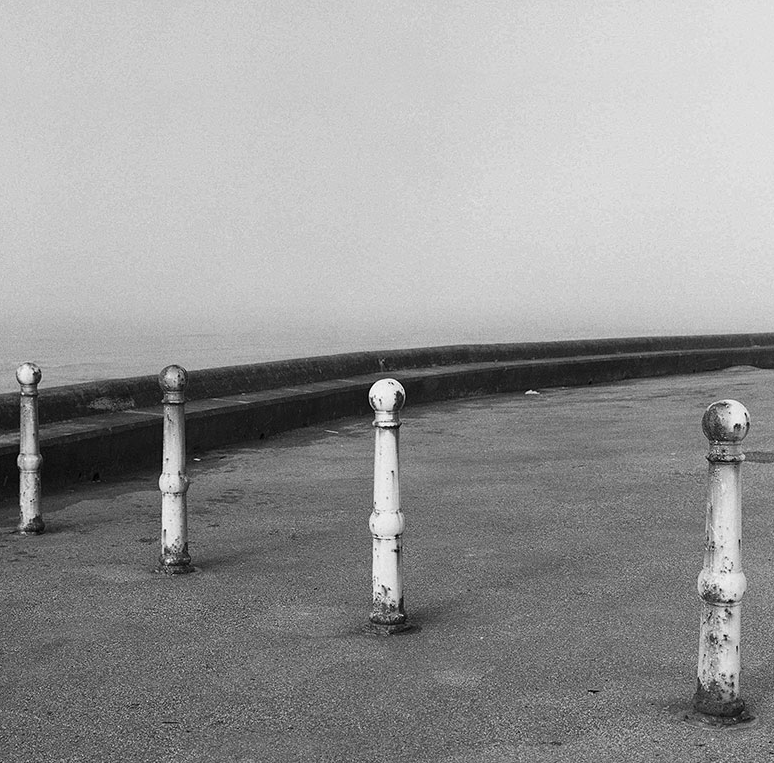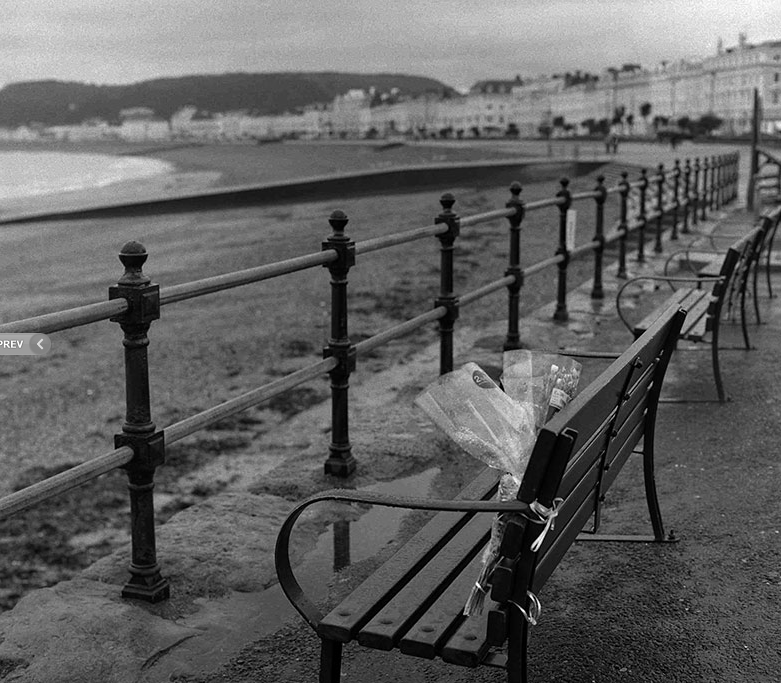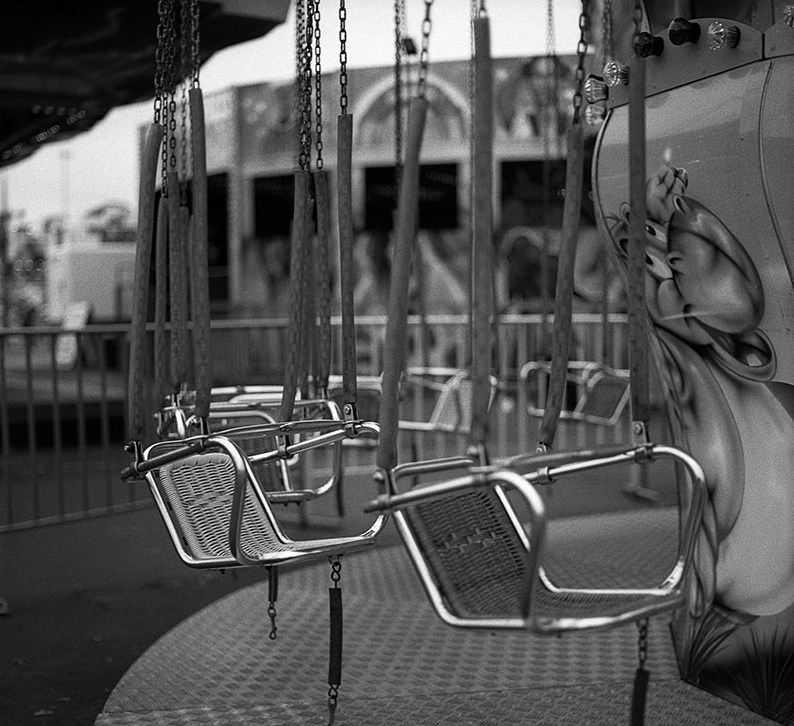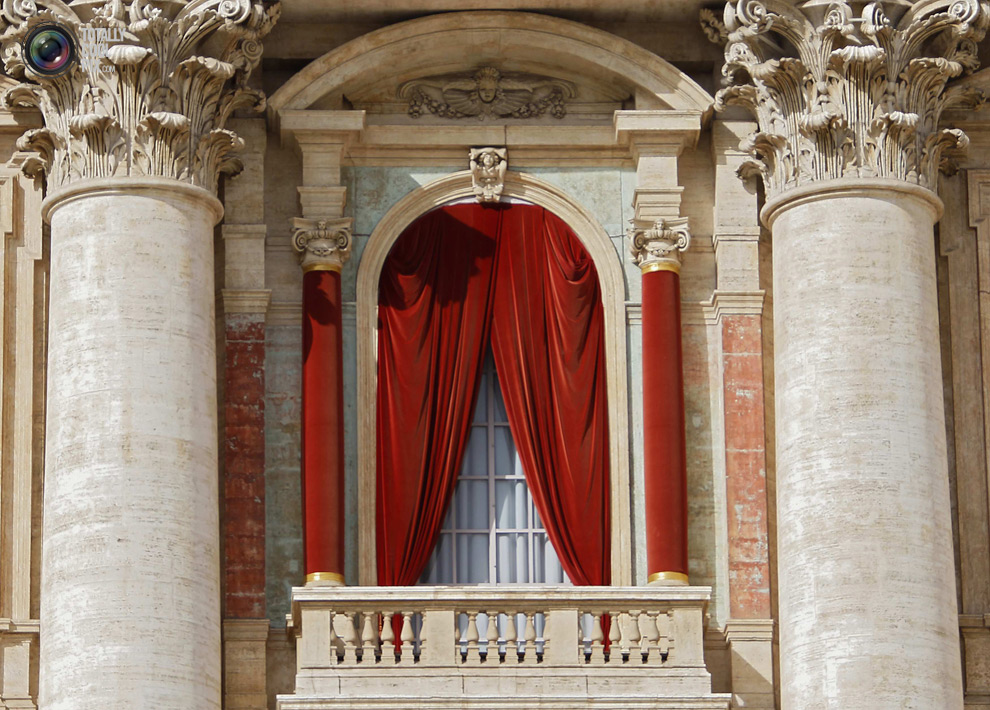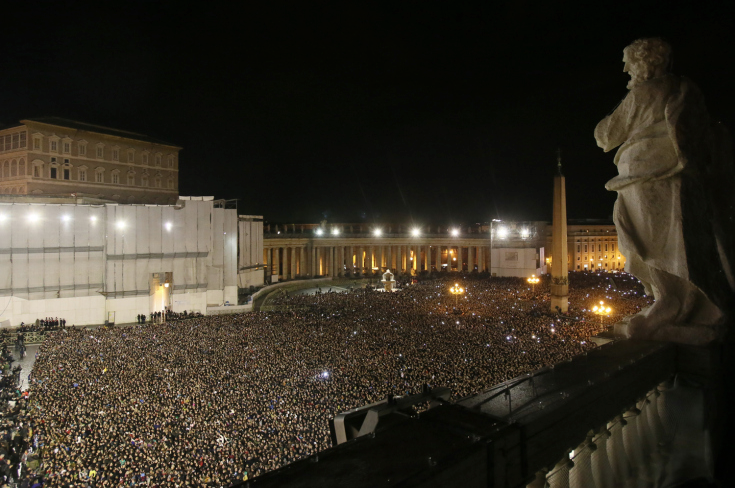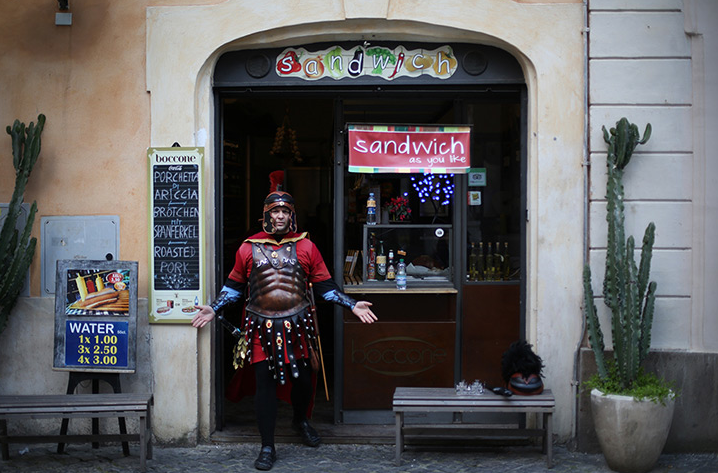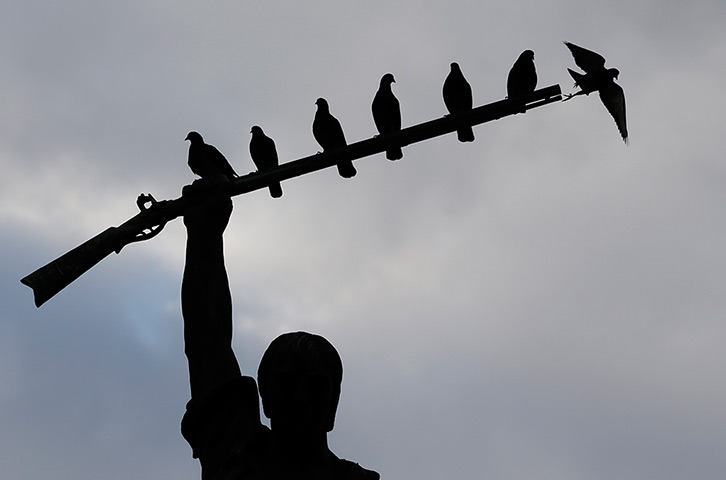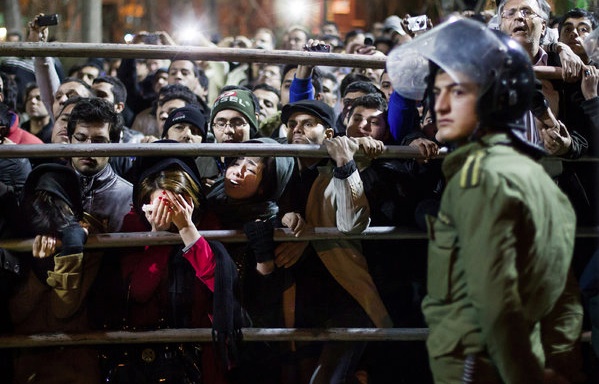The Battle for Kiev is over, at least for now. The President has been duly ousted by the Parliament, Independence Square is slowly being cleared of the barricades, and shrines to the dead are beginning to appear. How many dead is hard to know, but numbers range from 70 to more than 100, with at least 500+ serious injuries on top of that number—and that is just among the protestors of the Yanukovich administration, there were deaths and injuries amongst government police as well.
Photographs of blood stained streets and shrouded dead bodies are prominent, made all the more distressing by virtue of the fact that much of the violence was perpetrated by the police against the citizens of a democratic society who, presumably, it was their job to protect. Before we get too sanctimonious, however, we should recall that this is not the first time that democratic governments have turned their power and force tyrannically against their own citizenry, and with disastrous results. One need only recall the use of guard dogs and water cannon in attacks against nonviolent civil rights protestors in Birmingham, Alabama or the deaths of four students at the Kent State Massacre when student anti-war protestors were fired upon by the Ohio National Guard.
In many ways, the photograph above recalls the famous photograph of a young woman wailing in anger, pain, and grief in the in the midst of the Kent State killings. But, of course, there are important differences. In the Kent State photograph the woman is not only younger, but she is prominently situated at the middle of a public scene that recalls much of the action going on around her, and her expression is cast outward to others, as much a plea for help—or an expression of public outrage—as anything. Here the photograph is closely cropped so that the woman fills the frame and her grief seems more inward, more personal than public. Indeed, pain and grief seem to be the conspicuous emotions being invoked, not anger or outrage. And more, she doesn’t seem to be calling out to anyone so much as absorbing and containing the pain within herself. Notice how she covers her face in this regard, blocking out the scene that she cannot bring herself to witness. And there is another difference as well. The dead bodies that lie on the ground behind her are covered, barely recognizable as such; indeed, without being alerted by the caption one might fail to see them altogether. Contrast the veiling of bodies and emotions with the photograph of the Kent State Massacre where the young woman kneels next to the prostate body that lies prominent in front of her—and in front of us, always and forever an image of the costs and effects of a democracy turned tyrannous.
As one works their way through the many photographs of the dead in Kiev it is hard not to notice that almost all of the photographs of the dead are shrouded, with only small parts of their bodies exposed to view, a stomach here, a knee there. In many ways this is as it should
be as it indicates respect for the deceased and saves their families and friends from having to live forever with horrific images of their loved ones. And yet, there is a cost here too, as it reifies the dead body, transforming it into an anonymous, collective entity that inadvertently denies all sense of personal identity and individual loss. The image above is especially telling in this regard as the flag that drapes the bodies combines with the helmet and flower to ritualize the deaths that are both signified and memorialized, revealing them as part of a national cause fought in the name of democracy—as they were—but at the same time veiling or erasing (or at the very least mitigating) the outrage that led to their individual sacrifice by covering the bodies.
There is perhaps no truly good way to represent such a situation, but that does not mean that we should ignore the implications of the choices of representation that we take, however conventional they might be. The protestors who died in Independence Square were heroes, to be sure, but they were also individual citizens shot down and butchered by the very forces that should have been protecting them. And that is not something that should ever get lost in the telling of—or seeing—the Battle of Kiev.
Credit: Konstantin Chernichkin/Reuters; Darko Bandic/AP
